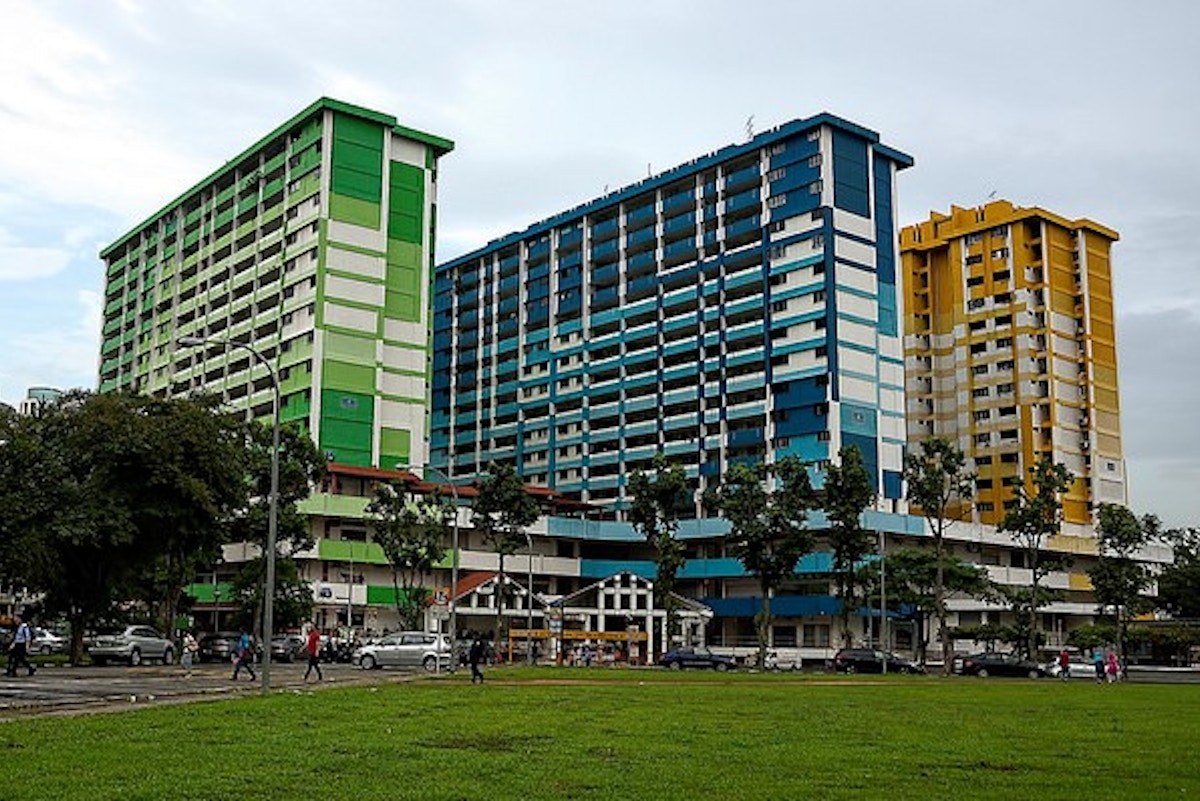The development of green affordable housing has gained significant attention as a means to address both environmental and social challenges. This paper proposes a model for green affordable housing through the collaboration of public and private partnerships. By integrating sustainable practices and technologies into affordable housing projects, this model aims to create environmentally friendly and cost-effective housing solutions for low-income communities. The paper explores the benefits, challenges, and potential strategies for implementing green affordable housing, highlighting the importance of effective partnerships and innovative approaches. The proposed model serves as a guide for policymakers, developers, and stakeholders interested in promoting sustainable and affordable housing.
- Introduction
- Overview of the need for green affordable housing
- Importance of public and private partnerships
- Benefits of Green Affordable Housing
- Environmental benefits (reduced energy consumption, lower carbon footprint)
- Economic benefits (lower utility costs, long-term savings)
- Social benefits (improved health, community resilience)
- Challenges to Green Affordable Housing
- Higher upfront costs and financing challenges
- Lack of awareness and understanding of green building practices
- Regulatory barriers and bureaucratic processes
- Public and Private Partnerships
- Importance of collaboration between public and private sectors
- Roles and responsibilities of each partner
- Strategies for Implementing Green Affordable Housing
- Incorporating sustainable design and construction practices
- Utilizing energy-efficient technologies and renewable energy sources
- Engaging in community outreach and education programs
- Leveraging available funding and incentives
- Case Studies
- Examples of successful green affordable housing projects
- Lessons learned and best practices
- Evaluation and Monitoring
- Establishing performance metrics and benchmarks
- Monitoring energy consumption and environmental impact
- Assessing the social and economic outcomes
- Conclusion
- Summary of the proposed model for green affordable housing
- Importance of ongoing collaboration and innovation
- Potential future developments and areas for further research
By developing and implementing a model for green affordable housing through public and private partnerships, this paper aims to contribute to the growing body of knowledge in sustainable housing practices. The model serves as a blueprint for stakeholders interested in addressing the housing affordability crisis while promoting environmental sustainability. Through effective collaboration and innovative strategies, it is possible to create affordable housing that not only meets the needs of low-income communities but also supports a greener and more sustainable future.





